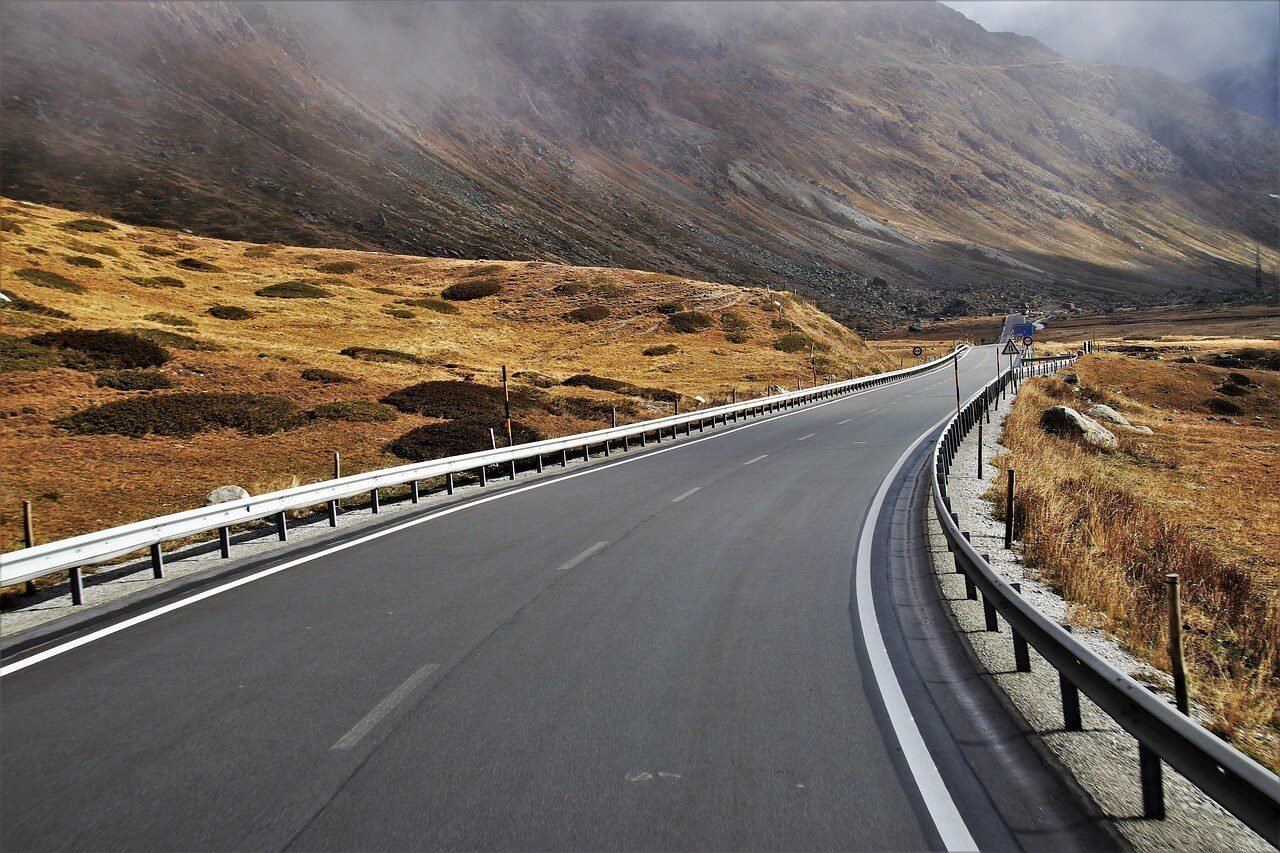The roads of Australia run through beautiful coasts, large deserts, curvy mountain slopes, and crowded towns. The motorists simply have a lot of ground to clear, with safety being one of the central concerns. Although speed, markings, road rules, and so forth are all meant to make the road a safer place, one of the most important elements of modern road safety can be easily lost among all these factors: the safety barrier.
These barricades are set on the highways, bridges, and dangerous curves to save lives without making a sound each day. Whether it is avoiding great accidents or controlling traffic in risky cases on the road, roadside barriers play a critical role in making trips safe.
What Are Roadside Safety Barriers?
An example of a roadside safety barrier is a physical device installed on the side or the median of a road to prevent vehicles from leaving the roadway. Their main purpose is to increase resistance and to redirect the crash impact, making the level of injuries and death less likely.
How Do They Work?
Safety barriers work based on the principle that is simple yet potent: redirect, absorb, and protect.
Road barriers are like a physical barrier when a vehicle has gone off the roadway because of driver error, the weather, or even mechanical failure. Instead of running into a tree, going into a ditch, or ramming head-on into another vehicle, the vehicle is turned back onto the road, or a controlled stop is effected.
Others are sophisticated, such as the wire rope barrier, which is flexible. They mildly trap and reduce the speed of cars, causing minimal harm to the car and the people therein.
Where Are They Used?
The best places to see roadside safety barriers in Australia can be found in the following places:
- Motorways and high-speed highways
- Curves and turns in the roads, Sharp turns and twists in the roads
- Edge protection on and around bridges
- Work in progress and detours
- Areas around schools and those that have a lot of foot traffic
They are particularly valuable in the regions and remote locations where emergency response time can be longer and where single-vehicle run-off-road is frequently occurring.
Installing with Confidence
Roadside barriers cannot be implemented in a way that fits every situation. It needs strategising, engineering expertise, and a realisation of site-specific needs. This is explained in the guides, like the comprehensive guide to installing safety barriers, where the best practices of positioning, placement and choosing the types of barriers are offered along with the measures of guaranteeing their efficient working in the long term.
This is because when the barrier is properly installed, it will work as required in case of a crash. Misplaced or poorly established barriers may end up causing more danger as compared to the dangers they curtail.
Road Barriers and Traveller Confidence
As people in Australia become more mobile in their daily commute to work, in their road trip along the Marine Highway, or in their long journey across highways in the outback, it is comforting to be assured that the roads they travel have been engineered to be safe. It assists drivers to drive with more confidence, especially in places where there are tough driving environments or congested traffic.
Final Thoughts
Nevertheless, safe roads do not appear by themselves, as they have to be constructed, maintained, and designed in a thoughtful way. Road barriers are not something spectacular and high-tech, but their effect is undeniable. They help thousands of lives every year by preventing vehicles from swerving into dangerous land.
The next time you take a road trip or get to work, pay some attention to the dividers that you see in and along the streets. Not only its structures, but also they are the silent watchdogs of your adventure. Therefore, you can easily travel without fear because the appropriate infrastructure exists to ensure it serves to keep you and your loved ones safe at all times in all areas of the road.

